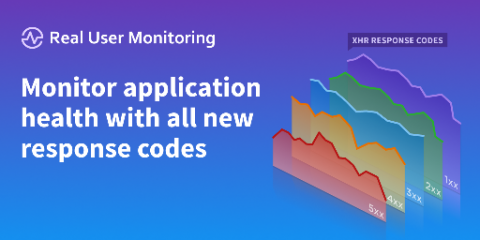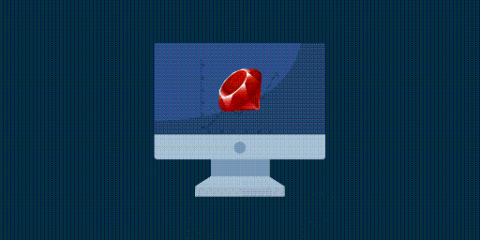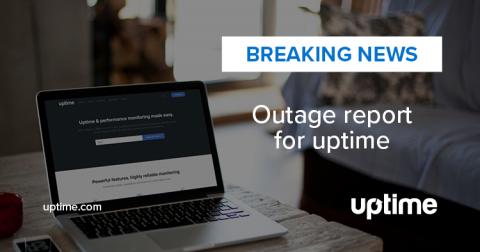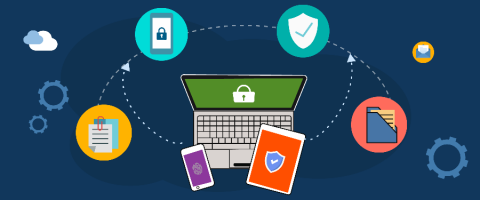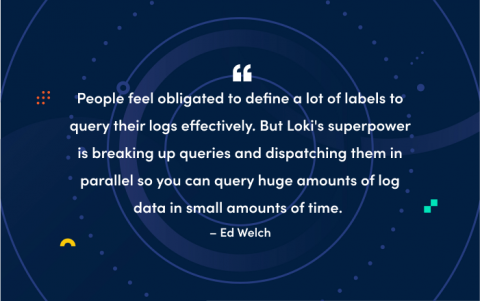Operations | Monitoring | ITSM | DevOps | Cloud
Latest Posts
Ruby performance tips - how to optimize code from the ground up
March 2020 Outage Report
It’s pretty safe to say that March was the month where everything changed for most of us. By now, enough has been said on coronavirus and we need not add to the pile. Our concern remains continuous uptime, and reporting on outages as teachable moments. During this time of heightened tensions, let’s take a few moments to do some post mortem work and see what we can learn from March’s outages.
SQL Server, Part 2: Authentication and authorization mechanisms in SQL Server, simplified
In the previous blog of this series, we discussed how monitoring SQL Server activities helps secure databases. The database security can further be reinforced by carefully configuring the authentication and authorization mechanisms for database accesses. In this blog, we’ll briefly explain the various authorization and authentication mechanisms of SQL Server and some best practices you can follow.
Your Status Page Deserves Its Own Domain
Public status pages have risen to become an essential requirement for all publicly facing web services. A well-constructed status page is a hallmark of a customer-centric organization. Status pages provide transparency and help reduce customer support requests during an inevitable outage. With sufficient component details, they can serve as useful information hubs for customers experiencing issues. There are numerous services to make setting up a status page simple and inexpensive.
Secured access to business-critical resources for your remote workforce
Over the past several years, telecommuting, or remote work, has gained significant traction across a wide variety of industries. According to a recent survey conducted by OWL Labs, 48 percent of employees worked from home at least once a week in 2019, and 34 percent were even willing to take a pay cut in order to work remotely.
BAM to achieve end to end visibility in a Azure Serverless Application
How labels in Loki can make log queries faster and easier
For the majority of the first year that we worked on the Loki project, the questions and feedback seemed to come from people who were familiar with Prometheus. After all, Loki is like Prometheus – but for logs! Recently, however, we are seeing more people trying out Loki who have no Prometheus experience, and many are coming from systems with much different strategies for working with logs.
Customer Story: Why Freshly Cooks with Sentry
On the surface, food delivery service seems straightforward. However, creating a food delivery startup is more like building a transportation and logistics company than pizza delivery. Coordinating web and mobile applications for seamless ordering, tracking, and delivery, all within razor-thin service windows, takes an unprecedented level of complexity (when you get it right). And once you begin to scale service, the technical challenges become even greater.
How to deploy an app to AWS: Getting started
Launching a production app onto the cloud is a big task with a ton of tiny sub-tasks, and it can all be pretty overwhelming. We're here for you. We've launched an app ourselves (Blue Matador, our cloud infrastructure monitoring software). In the coming weeks, we will walk you through everything you need to know and do to successfully launch your app—with the least amount of effort.


